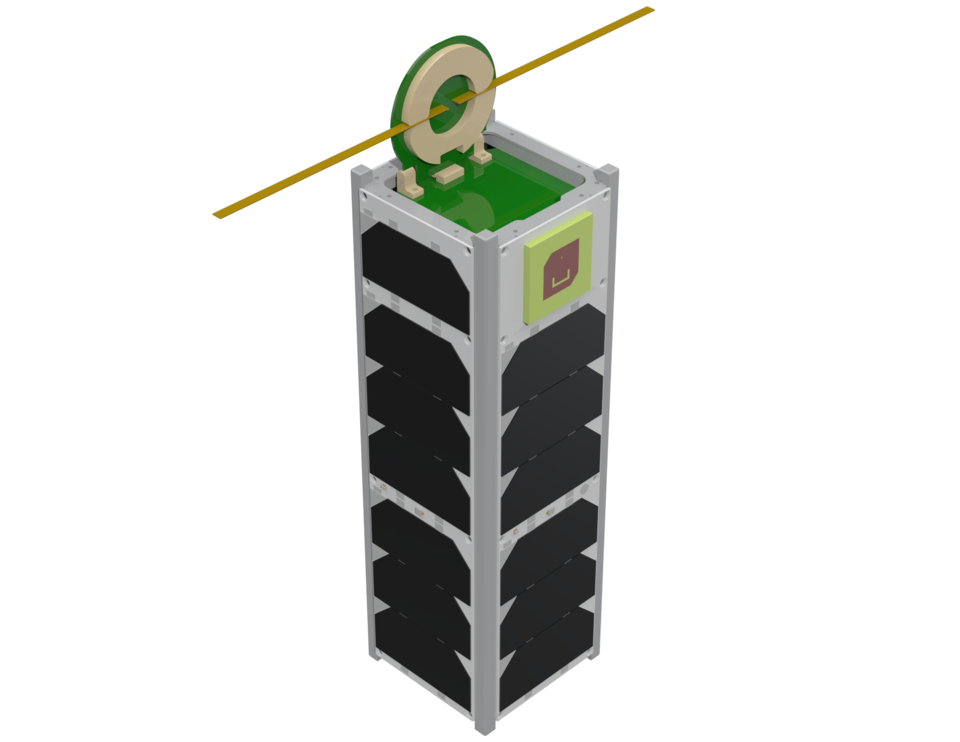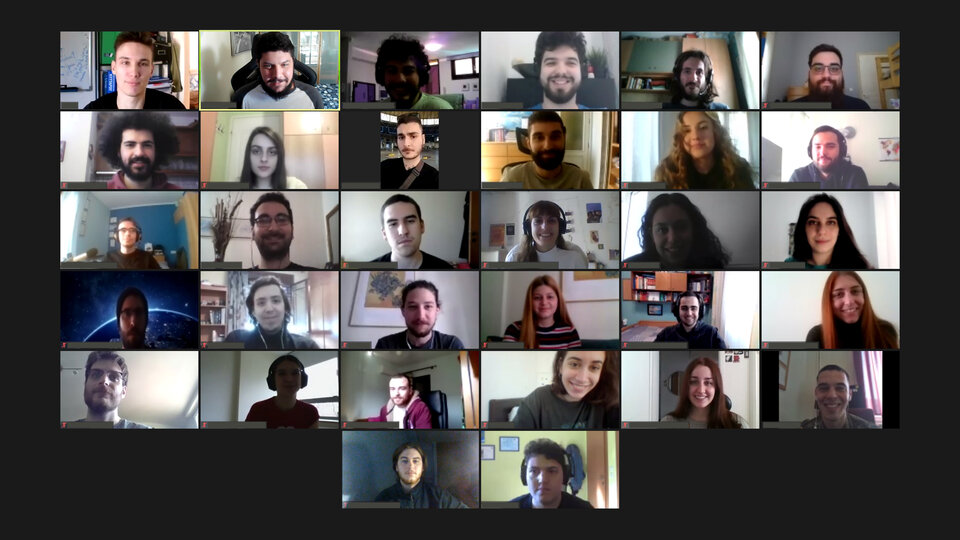Meet the team: AcubeSAT
AcubeSAT is a project by SpaceDot, a multidisciplinary team composed of ambitious students primarily from the Aristotle University of Thessaloniki with members from various Greek and European universities. The AcubeSAT project aims to realise the development of a 3U CubeSat, as a low-cost alternative to conventional satellites, for space biology research. The mission’s objectives are two-fold: firstly, to evaluate the combined effects of microgravity and radiation on gene expression of a eukaryotic model organism, Saccharomyces cerevisiae, in a high-throughput manner, and secondly, to demonstrate the functionality of Lab-on-a-Chip (LOC) platforms (microfluidic chips), as modular devices for multi-parallel biotechnological experiments in-orbit.

Previous scientific missions have paved the way towards understanding the space environment’s effects on human and microbial physiology. Motivated by the above, AcubeSAT’s mission aims to zero in on the eukaryotic cells' molecular behavior under the microgravity and radiation conditions of a Low-Earth Orbit. The mission objectives are:
- Achieving storage, long-term growth and experimental observation of a minimum of 100 different Saccharomyces cerevisiae strains
- Demonstrating the functionality of microfluidic chips, for multi-parallel analyses of microorganisms in-orbit
In this context, the team aims to investigate signaling pathways involved in space related health defects, while exploring yeast's potential as a space cellular factory, for the production of useful chemical compounds such as pharmaceutical substances, biofuel and food.

The team, through its open-source philosophy, combined with the mission’s scientific return and lessons learned, aspires to act as a foothold promoting aerospace engineering as an accessible field to the university and industrial community in Greece. The project also serves as a learning hub providing real hands-on experience and thesis opportunities for students while also enhancing their skills and knowledge.
CubeSat quick facts
| Payload | High-throughput study of the LEO microgravity and radiation on yeast gene expression with a space-tailored microfluidic platform. |
| Ground Station(s) | Dual Band (UHF and S-band) located in AUTh |
| Dimensions |
Stowed: 100.0 mm x 100.0 mm x 340.5 mm Deployed: 100.0 mm x 316.4 mm x 402.8 mm |
| Mass | 4.20 kg |
| Power consumption |
Nominal Mode: 3.57 W Science Mode: 4.20 W |
| Solar panels | Fixed solar panels on all available faces of AcubeSAT |
| Mission lifetime | Between 2.8 and 3.6 years |
| Website link | https://acubesat.spacedot.gr/ |

AcubeSAT is a 3U CubeSat developed by the SpaceDot team at the Aristotle University of Thessaloniki. AcubeSAT is going to conduct a biological experiment that investigates molecular mechanisms that are affected by space conditions. In particular, the mission will explore the dynamic regulation of gene expression of eukaryotic cells in Low Earth Orbit, using advances in Synthetic Biology and micro-electro-mechanical systems (MEMS).


